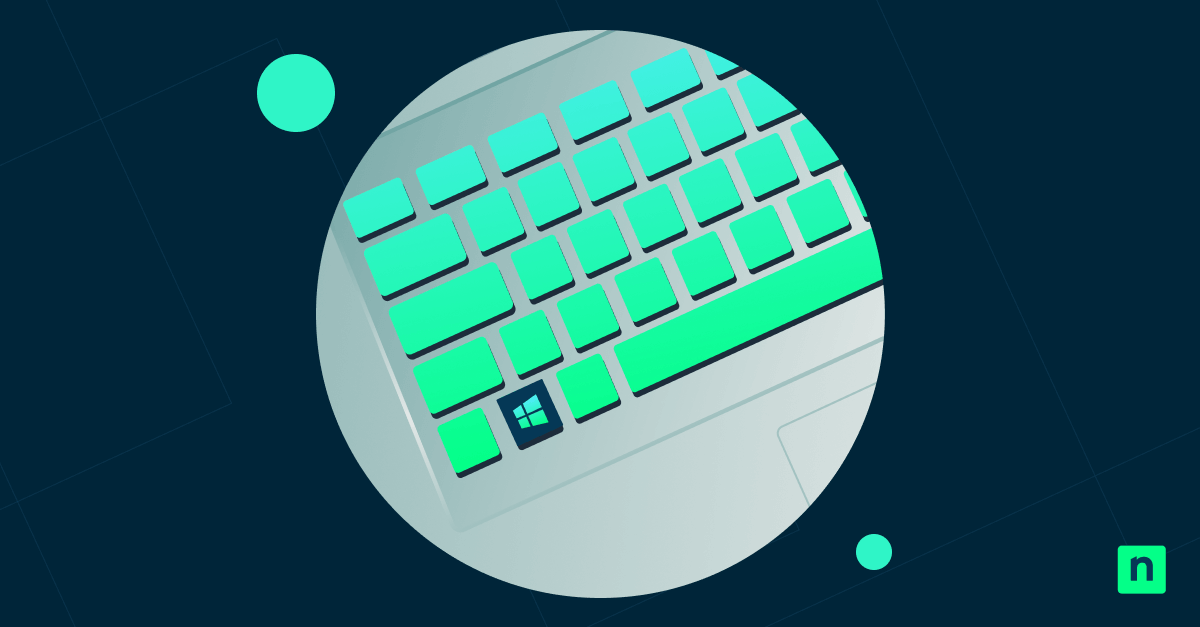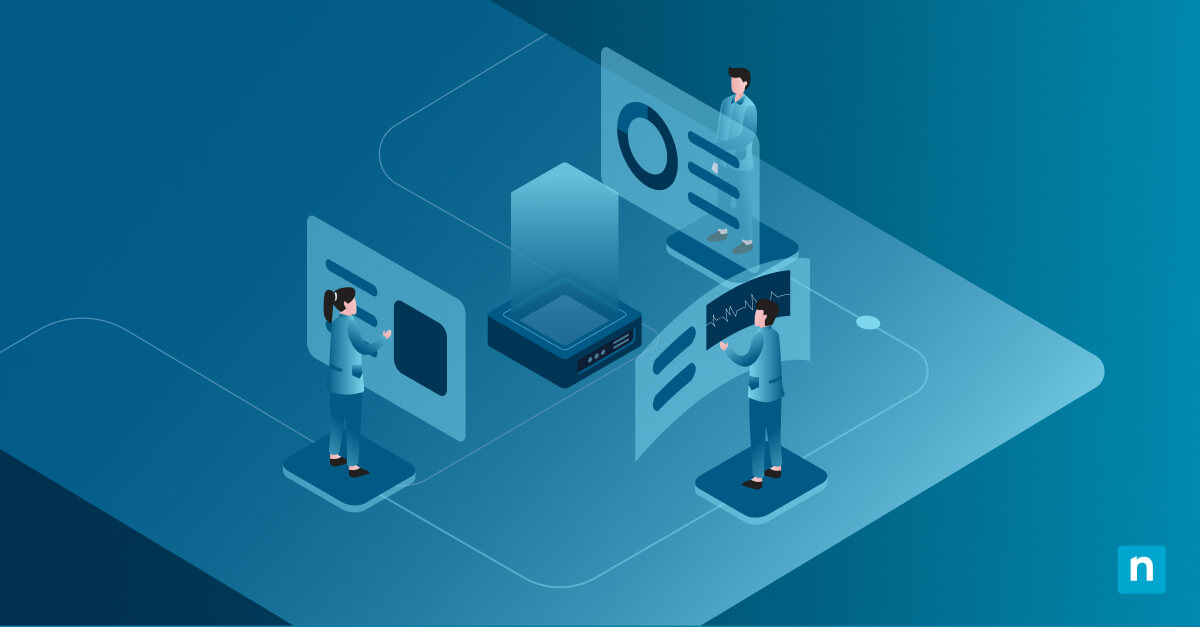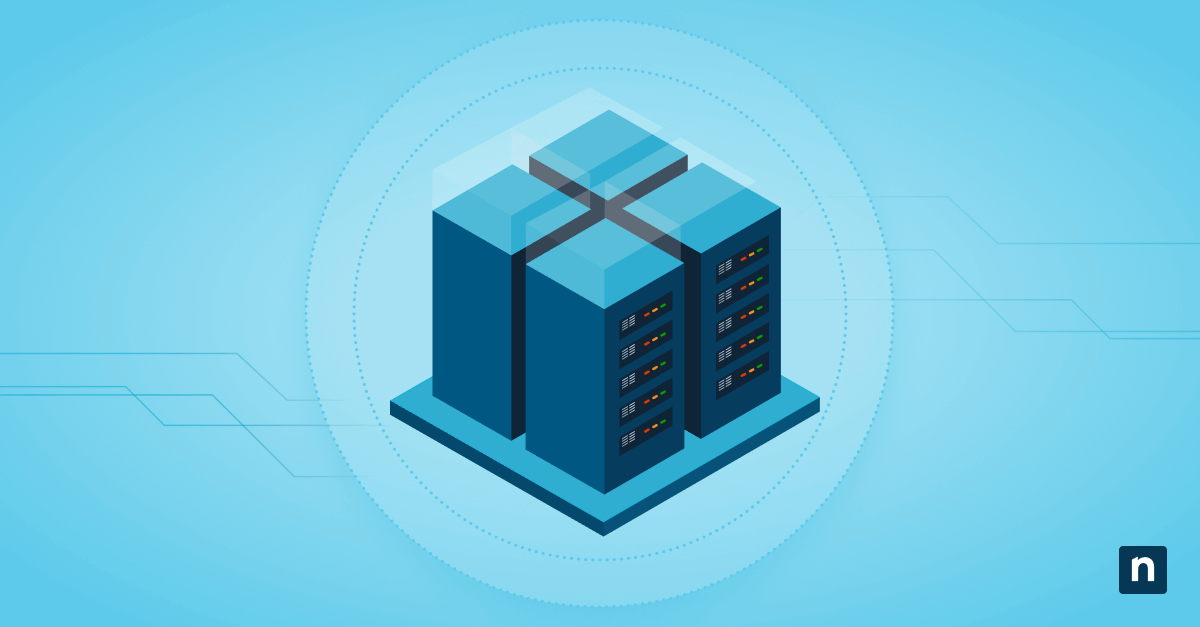Key Points
How to Clear Pagefile.sys at Shutdown
- IT administrators can secure the pagefile.sys by clearing it at shutdown, encrypting the drive with BitLocker, and applying best practices for enterprise deployment. It balances security, performance, and operational efficiency for IT environments.
- To securely erase sensitive virtual memory data, enable ClearPageFileAtShutdown via Group Policy, Registry Editor, or Command Prompt using reg add. This protects data remnants and enhances system security compliance.
- Windows 10 does not offer standalone pagefile encryption, but enabling BitLocker on the system drive encrypts pagefile.sys by default. This provides real-time protection for sensitive data stored in virtual memory.
- Clearing or encrypting pagefile.sys helps protect against data recovery risks. Performance monitoring, user feedback, and baseline metrics ensure that security hardening does not degrade system performance.
- Clearing removes contents at shutdown to prevent post-boot access, while encryption (via BitLocker) secures the file in real time. Combining both offers maximum data protection in Windows 10 environments.
Learning how to clear pagefile.sys became a priority after early Windows NT systems exposed sensitive data in the pagefile.sys, even after shutdown. This vulnerability prompted Microsoft to introduce encryption capabilities, which have since evolved into the security features found in Windows 10. These advancements have reshaped how operating systems protect sensitive data in virtual memory, raising the standards for system security.
⚠️ IMPORTANT: Although encrypting the pagefile is one of the best ways to protect your system, Windows 10 does not have a standalone feature specifically for pagefile encryption. As such, this article discusses several ways to protect your pagefile.
This guide discusses different methods to protect pagefile.sys, including clearing it before shutdown, encrypting the drive containing the file, best practices, and other considerations before implementing any changes.
Protect and manage your Windows endpoints with NinjaOne’s powerful RMM features.
How to clear pagefile at shutdown
There are several ways to protect pagefile.sys. One of the main ways is to clear the pagefile at shutdown. This section walks through two methods of clearing pagefile.sys, allowing users to reduce the file risk profile.
You can also watch our video guide on How to Clear Virtual Memory Pagefile at Shutdown in Windows 10.
Prerequisites
Before proceeding, confirm that your system meets the necessary requirements:
- Windows 10 Pro, Enterprise, or Education editions
- Administrative privileges
- Sufficient system resources
- Modern processor for optimal performance
Once you’ve enabled pagefile clearing at shutdown, you can take security a step further by managing encryption settings. Check out our short video guide on How to Enable or Disable Virtual Memory Page File Encryption.
Method 1: Enable virtual memory pagefile clearing at shutdown via Group Policy Editor
The Group Policy Editor is the most straightforward way to enable virtual memory pagefile clearing in Windows 10. This tool provides a graphical interface that simplifies management and ensures settings remain consistent through system updates.
Use Case: This method is ideal for enterprise-wide deployments.
You can enable virtual memory pagefile clearing via Group Policy Editor by following these steps:
- Open Group Policy Editor (gpedit.msc) with administrative privileges.
- Go to Computer Configuration > Windows Settings > Security Settings.
- Select Local Policies > Security Options.
- Find “Shutdown: Clear virtual memory pagefile.”
- Enable the policy and apply the changes.
- Restart your system to activate the clearing policy..
Method 2: Manage pagefile clearing with Command Prompt
To enable virtual memory pagefile clearing through the command line:
- Open an elevated Command Prompt.
- Use pagefile clearing commands for remote management:
reg add “HKLM\SYSTEM\CurrentControlSet\Control\Session Manager\Memory Management” /v ClearPageFileAtShutdown /t REG_DWORD /d 1 /f - Script commands for organizational deployment.
- Verify settings after implementation.
- Keep a log of changes for future reference.
Method 3: Registry modification approach
Another method to enable virtual memory pagefile clearing is through the Windows Registry.
⚠️ WARNING: This approach requires more caution, as incorrect changes can cause system issues. Always back up the registry before making any modifications.
To enable pagefile.sys clearing at shutdown via the Windows Registry, follow these steps:
- Go to HKEY_LOCAL_MACHINE\SYSTEM\CurrentControlSet\Control\Session Manager\Memory Management
- Create a new DWORD value named ClearPageFileAtShutdown and set it to 1.
- Restart your system to apply the changes.
How to disable pagefile clearing at shutdown
You may need to disable virtual memory pagefile clearing temporarily for system maintenance or troubleshooting. To do this, return to the Group Policy Editor, navigate to the same settings, and select “Disabled.” A system restart is required for the change to take effect.
Document the steps for both enabling and disabling pagefile.sys clearing, including verification procedures to ensure the system applies the settings correctly. Periodic testing of these procedures ensures smooth operation when needed.
Importance of clearing the pagefile at shutdown
Setting up automatic pagefile cleanup during system shutdown balances performance and security. This process ensures sensitive data doesn’t remain in the pagefile between sessions. The cleanup operates with Windows’ normal shutdown sequence, adding minimal time to the process while providing valuable security benefits.
Protecting your pagefile through encryption
Another way to protect pagefile.sys is through encryption. Currently, Windows does not have a way of encrypting the file. However, BitLocker can encrypt drives containing the pagefile.
Encrypting the drive containing pagefile.sys using BitLocker (recommended)
If you are using BitLocker, you will need to tweak some system-level settings to enable encryption.
⚠️ IMPORTANT: If BitLocker is enabled on the system drive (typically C:), the pagefile is automatically encrypted because it resides on the same drive.
To enable encryption, follow these steps:
- Open Control Panel.
- Go to System and Security > BitLocker Drive Encryption.
- Ensure you have administrator privileges and enable BitLocker for your system drive.
- Once enabled, no further action is required. The pagefile will be encrypted as part of the full-disk encryption.
Moving pagefile.sys to another encrypted drive
Moving the pagefile to another drive is a viable alternative, especially if the drive is already encrypted. This method is also a good option if you want to free up space on your primary drive.
Best practices for pagefile.sys protection
To protect pagefile.sys effectively, you need to balance security needs with system performance. While modern processors handle encryption overhead efficiently, it’s still important to monitor system performance after implementation. Planned assessments help identify any potential impacts on operations.
Key monitoring areas include:
- System performance metrics
- Resource utilization
- Security log reviews
- User experience feedback
Security and performance balance
Balancing security with system resource use is essential. While encryption offers critical data protection, it also requires computational resources. Most modern systems handle this well, but monitoring performance metrics, such as CPU usage, disk I/O, and memory consumption, ensures smooth operation.
Essential monitoring practices include:
- Establish baseline performance measurements.
- Track post-encryption performance changes.
- Monitor system resource usage.
- Document performance impacts.
Comprehensive Security Strategy
Pagefile.sys encryption is most effective when part of a broader security framework. Implement additional measures to protect sensitive data throughout the system, not just in virtual memory.
For added security, consider adding:
- Full disk encryption
- Strong access control policies
- Regular security audits
- Continuous monitoring tools
Enterprise implementation strategies
Rolling out pagefile protection policies across an enterprise environment requires careful planning and systematic implementation. You must consider not only the technical aspects but also the operational impact on different departments and user groups. A phased deployment approach typically works best, enabling IT teams to address issues without disrupting the entire organization simultaneously.
Large-scale deployment techniques
Enterprise-wide implementation begins with thorough testing in a controlled environment. Create a representative test group that includes various hardware configurations and user workloads. This approach helps identify potential issues before they impact the broader organization. Document all test results, including performance metrics and user feedback, to refine the deployment strategy.
Once testing is complete and deployment strategies are refined, the next step is to ensure that these configurations remain consistent across all systems. This is where endpoint management becomes essential. By integrating encryption and virtual memory policies into your endpoint management framework, IT teams can streamline large-scale rollouts, maintain compliance, and respond quickly to configuration drift. To see how virtual memory management aligns with broader endpoint security practices, explore our Endpoint Management FAQs.
Group policy management
Enterprise environments benefit from centralized Group Policy management for pagefile protection. Create separate Group Policy Objects (GPOs) for different organizational units based on their security requirements and performance needs. This granular approach allows for:
- Department-specific encryption policies
- Custom configurations for specialized workstations
- Staged rollout schedules
- Simplified policy updates
Configuration monitoring
Strong monitoring systems help ensure consistent encryption across all endpoints. Deploy automated tools that regularly verify:
- Encryption status on all systems
- Performance impact metrics
- Policy compliance
- System health indicators
Change management procedures
Establish clear change management procedures before beginning enterprise-wide deployment. These procedures should include:
- Detailed implementation schedules
- Roll-back procedures
- Emergency response plans
- User communication templates
Regular stakeholder updates maintain transparency throughout the deployment process. Schedule periodic reviews to assess the implementation’s progress and address any emerging concerns promptly.
Want to delete pagefile.sys? Here’s how — watch our simple guide.
Simplify Windows security hardening via NinjaOne.
Strengthen your security posture through pagefile.sys protection
As virtual memory management becomes more crucial to your IT environment, understanding how to clear the virtual memory pagefile and how to protect it with encryption is important.
Ready to manage your Windows systems from a single pane of glass? NinjaOne’s endpoint management platform simplifies security configurations and system optimization. Start your free trial today and see how centralized management, automated monitoring, and detailed reporting can strengthen your organization’s security.








